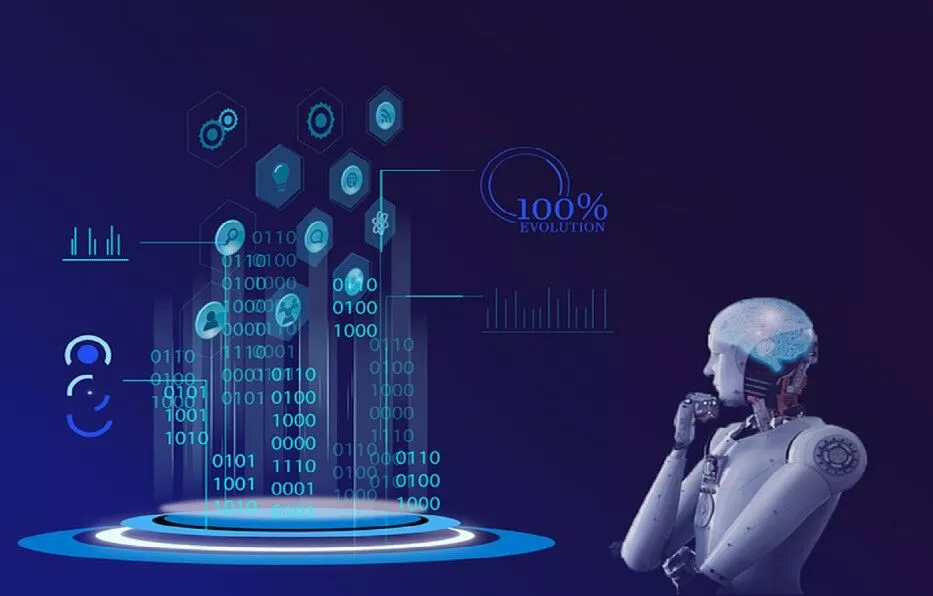The Point: Today’s rapidly evolving business landscape has compelled organizations to continuously seek ways to optimize financial processes, increase efficiency, and reduce costs. Among the areas ripe for improvement is the Accounts Payable (AP) process. AP Automation, a cutting-edge technology that streamlines and simplifies AP workflows, has emerged as a game-changer for businesses. This article delves into the remarkable benefits of AP Automation, encompassing faster and more secure payment processes, enhanced forecasting, and improved overall visibility. Additionally, we will explore the key strategies for successful AP Automation implementation and emphasize the significance of selecting the right software solution that aligns seamlessly with existing financial infrastructure…Enjoy!

The Potential of AP Automation
AP Automation represents a paradigm shift in how organizations handle their accounts payable processes. By leveraging technology, businesses can significantly reduce manual tasks, eliminate paper-based inefficiencies, and gain deeper insights and visibility into their financial operations.
Faster, Secure, and Eco-Friendly Payment Processes
One of the most significant advantages of AP Automation is the ability to expedite payment processes. Manual handling of invoices, checks, and approvals can be time-consuming and error-prone. With AP Automation, businesses can digitize payments and implement electronic options such as Automated Clearing House (ACH) or wire transfers. These methods offer faster transaction times, enhanced security, and reduced paper waste, contributing to a more eco-friendly approach to financial operations.
Improved Organization and Compliance for Taxes
Accurate and timely tax reporting is crucial for any organization. AP Automation provides a structured and organized approach to managing financial data, making it easier to prepare tax documents and comply with regulatory requirements. By centralizing data and automating the tax reporting process, businesses can reduce the risk of errors and save valuable time during tax season.
Enhanced Forecasting and Decision-Making
AP Automation offers businesses greater visibility into their financial health. With real-time data and analytics, organizations can make more informed decisions and develop more accurate financial forecasts. The ability to access up-to-date information enables leaders to respond quickly to changing market conditions and make strategic adjustments to drive growth.
Broader Overall Visibility
Traditional AP processes often suffer from a lack of visibility, making it challenging to track invoices, monitor payment status, and identify potential bottlenecks. AP Automation provides a centralized platform where all financial data is readily accessible. This improved visibility allows businesses to track payment cycles, monitor cash flow, and enhance collaboration between departments, resulting in greater overall efficiency.
Key Strategies for Successful AP Automation Implementation
Implementing AP Automation requires careful planning and execution. Businesses should follow these key strategies to ensure a seamless transition:
Digitize Payments
To fully embrace AP Automation, organizations should transition from manual, paper-based payment methods to electronic options. Emphasizing the adoption of ACH or wire transfers enables faster and more secure transactions, reducing the dependence on physical checks and the associated delays.
True Automation in Invoice Processing
Avoid partial automation and embrace true automation in invoice processing. This entails eliminating manual scanning and emailing of invoices, allowing the AP system to handle the entire process, from data extraction to payment initiation. True automation reduces errors and expedites the end-to-end workflow.
Integration with Existing Financial Infrastructure
Selecting the right AP Automation software is critical for success. Businesses should opt for solutions that seamlessly integrate with their existing financial infrastructure, such as Enterprise Resource Planning (ERP) systems or banking platforms. This integration ensures a smooth transition and maximizes the benefits of both systems.
Choosing the Right AP Automation Software
The selection of AP Automation software requires careful consideration. Businesses should assess their specific needs, evaluate the features and capabilities of potential solutions, and conduct thorough vendor research. Choosing a reliable and user-friendly software that aligns with the organization’s unique requirements will pave the way for a successful AP Automation implementation.
SUMMARY
Accounts Payable Automation has emerged as a transformative force in modern finance, empowering organizations to streamline their payment processes, reduce errors, and gain deeper insights into their financial operations. By embracing AP Automation, businesses can enjoy faster and more secure payment processes, improved forecasting, and enhanced overall visibility. To ensure a successful implementation, organizations should focus on digitizing payments, adopting true automation in invoice processing, and selecting the right AP Automation software that integrates seamlessly with their existing financial infrastructure. Embracing AP Automation sets the stage for a more efficient and agile financial future, enabling businesses to stay ahead in an increasingly competitive marketplace.
Sam Palazzolo, Managing Director @ Tip of the Spear Ventures



